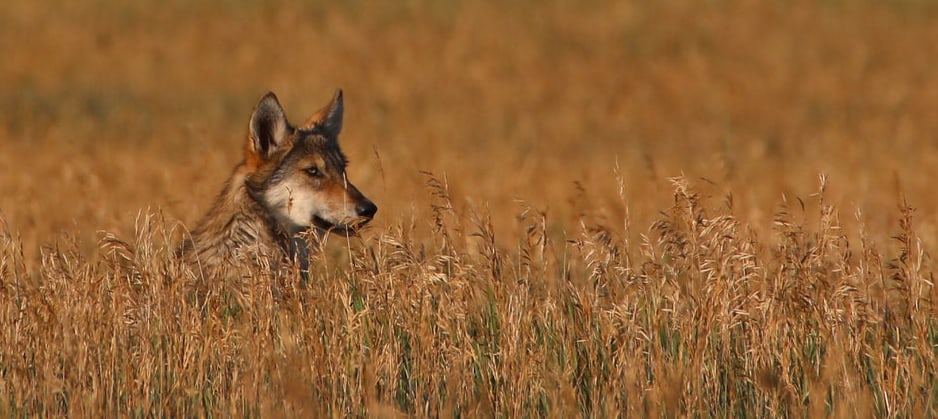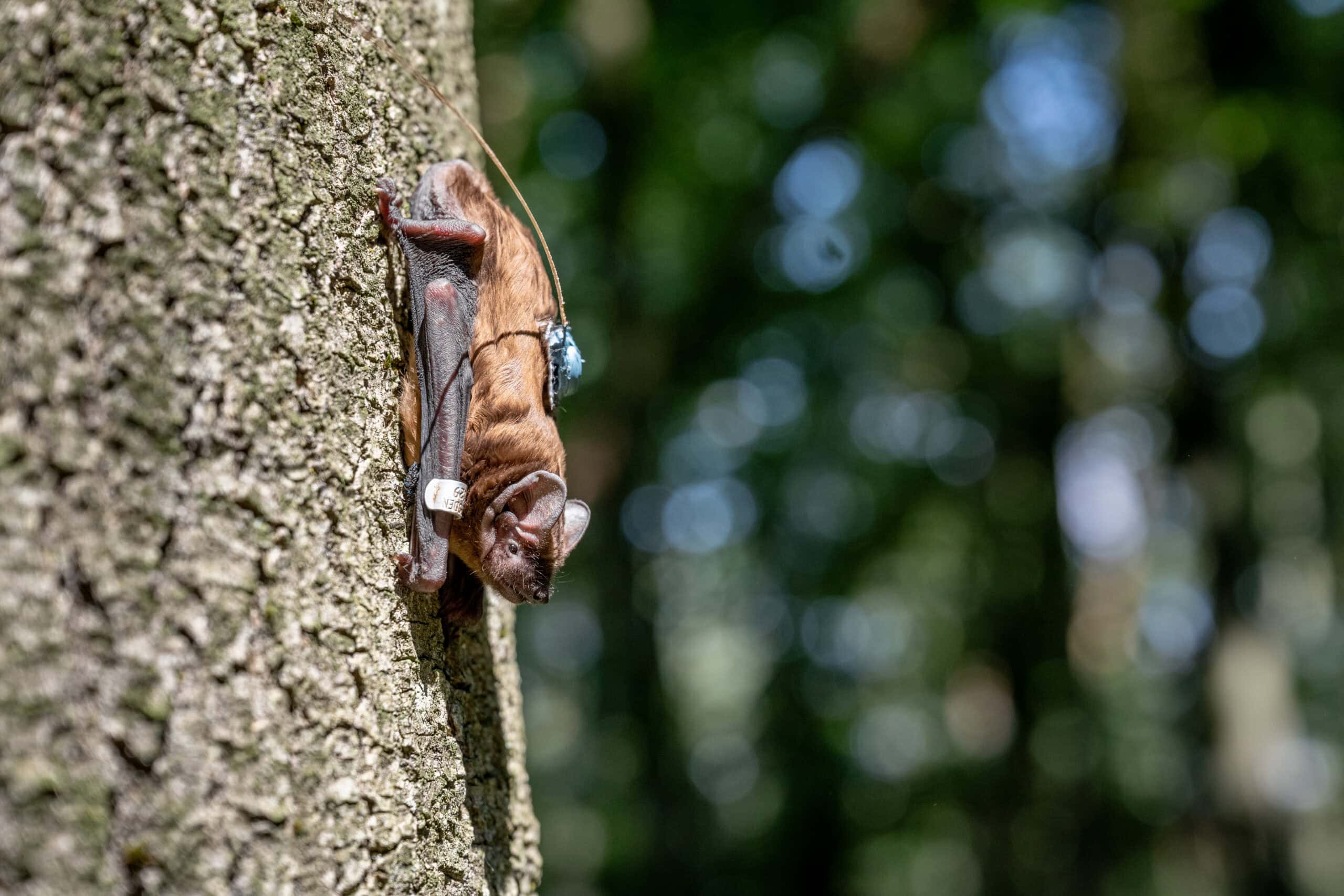Share this article
Report documents wolf attacks around the world
In 2010, after a schoolteacher went jogging near Chignik Lake in southwestern Alaska, locals found her body surrounded by bloodstains and wolf tracks. After eight wolves were killed in the following weeks, investigators were able to match autopsy results with wolf DNA and confirm a pack of gray wolves attacked her.
The wolves (Canis lupus) weren’t suffering from rabies. No human food was around to attract them. There had been no reports of unusual wolf behavior in the area. While two of the wolves were emaciated, the rest, including the adult female with the clearest DNA match, appeared in good condition.
The case was the latest — and one of the best-documented — examples of a wolf killing a human in North America. Cases like this are extraordinarily rare, but they do happen, according to a team of researchers who documented wolf attacks around the world, suggesting a need for continued management as wolf populations grow on the two continents.
“The overall message is that most people in North American and Europe can live very close to wolves and be perfectly OK in 99.99999% of cases,” said John Linnell, senior research scientist with the Norwegian Institute for Nature Research and the lead author on the recent report. “But it’s never 100%. Things can happen. We need to be prepared for that.”
It’s hard to imagine a more polarizing species than wolves, revered by some, demonized by others and driven to the edge of extinction in many areas. As wolf populations began to rebound in the 1990s in both Europe and North America, two opposing pictures of the species emerged, Linnell said. On the one hand, historical records and stories on both continents suggested a history of wolf attacks. On the other, 20th century research found that modern attacks were extremely rare. That research was nuanced, though, and the many exceptions it mentioned were forgotten over time.
“What basically happened is those conditions fell away, and it became boiled down to ‘wolves never killed anybody,’” Linnell said.
His team’s 2002 report helped upend both those views, finding evidence that wolf attacks did occur —but rarely. The new report is a follow-up, documenting more recent cases. Researchers contacted regional experts and delved into peer-reviewed literature, technical reports and news stories to find examples.
“We are building up a more realistic picture of wolves based on experience and science rather than legends and fear,” Linnell said.
They found reliable reports between 2002 and 2020 involving 489 victims of wolf attacks. Most of those related to rabid wolves, though. Forty-two others were attacked after provoking wolves, three of them fatally. About 13% of the attacks appeared predatory in nature, though. Sixty-seven people were victims of predatory attacks, including nine who were killed.
These raise new concerns, Linnell said. As wolves return to the landscape and find themselves in close proximity to humans, some are exhibiting a dangerous boldness that will require management, sometimes lethally, he said.
“It’s unfortunate, but it’s kind of the price you have to pay for sharing space with them,” Linnell said.
Researchers documented several wolf attacks in North America in recent years, but the Alaska incident was only one of two involving fatalities. In northern Saskatchewan in 2005, the body of a miner was found outside his remote camp where an open garbage dump attracted wolves, leading to several close encounters with miners. Media reports suggested similar conditions led to nonfatal wolf encounters at other mining camps in the region.
Other reports included a 2020 case of a British Columbia man bitten at his home and campers at a Minnesota lake, a British Columbia beach, Vancouver Island and Banff National Park. Researchers also documented Yellowstone National Park employees shooting two problem wolves that had become habituated to human food and hazing 38 others. Denali National Park and Preserve hazed problem wolves and closed campsites to avoid conflicts. Incidents around the world include reports of from Italy, Central and Eastern Europe, Turkey, the Middle East, Central Asia and India.
The findings suggest people should view wolves much as Americans view black bears (Ursus americanus) or even the neighbor’s dog —animals that rarely pose a threat but can be dangerous, Linnell said.
“Wolves are wildlife,” he said. “They’re wild animals. Not devils. Not saints.”
Header Image:
A wolf from the Pinnacle Peak pack in Wyoming raises its head above the grasses in a meadow.
Credit: Lori Iverson /USFWS








